She was elected to Congress before women had the right to vote, blazing a trail that continues today
Before the 19th Amendment guaranteed the right of women to vote, a suffragist social worker from Montana was sworn in on March 4, 1917, as the first woman elected to the United States Congress.
The lifelong pacifist Jeannette Rankin, who campaigned for social and electoral reform, was sworn in on the same Sunday that President Woodrow Wilson took his second oath of office.
“I may be the first woman member of Congress,” Rankin said in 1917. “But I won’t be the last."
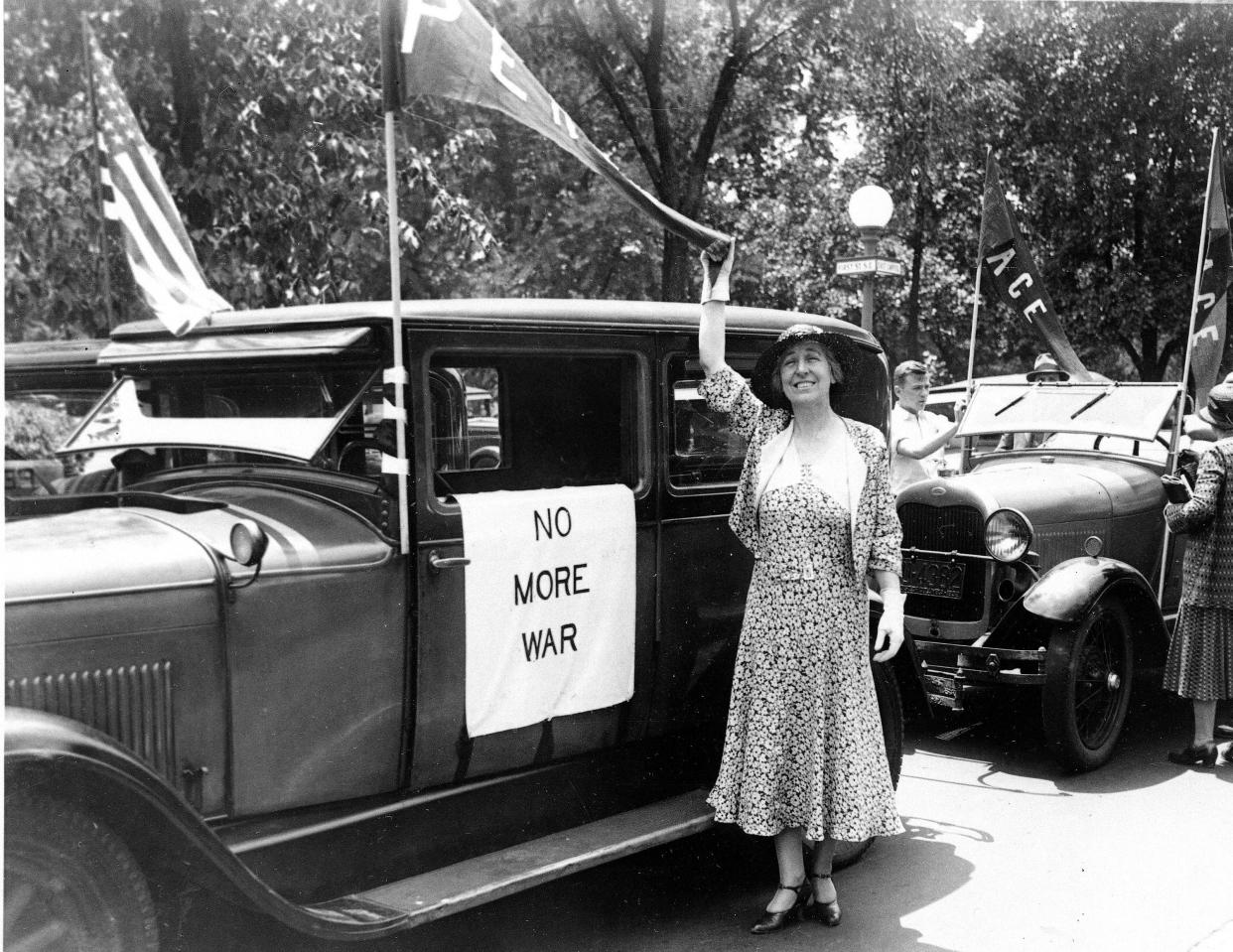
Rankin's journey to Capitol Hill
Rankin, the first of seven children, was born on June 11, 1880, near Missoula, Montana, to a rancher who immigrated from Canada and a teacher from New Hampshire.
After graduating from Montana State University in Missoula (now the University of Montana) in 1902 with a degree in biology, Rankin briefly taught, worked as a seamstress, and eventually returned to school at the New York School of Philanthropy (now the Columbia University School of Social Work).
Prior to Rankin becoming a member of Congress, her role as legislative secretary of the National American Woman Suffrage Association helped Montana women gain the right to vote in 1914 — well before the 19th Amendment was enshrined into law in 1919.
Rankin is well known for her staunchly isolationist beliefs, which were reflected when she, along with 49 other members of Congress, voted against declaring war on Germany in 1917.
Rankin was the only member to vote against U.S. involvement in both World Wars and ultimately served just two nonconsecutive terms
Here are some of the historic women that followed Rankin into national politics.
First U.S. Senator
The first woman to serve as a U.S. Senator was Rebecca Felton of Georgia, who was appointed in 1922 to fill her husband’s seat after he died and served only two days.
Hattie Caraway of Arkansas, the first woman elected to the Senate, in 1931, was similarly appointed after her husband who was serving had died.
Caraway, however, ran in a special election to carry out her husband's term and went on to win reelection – twice.
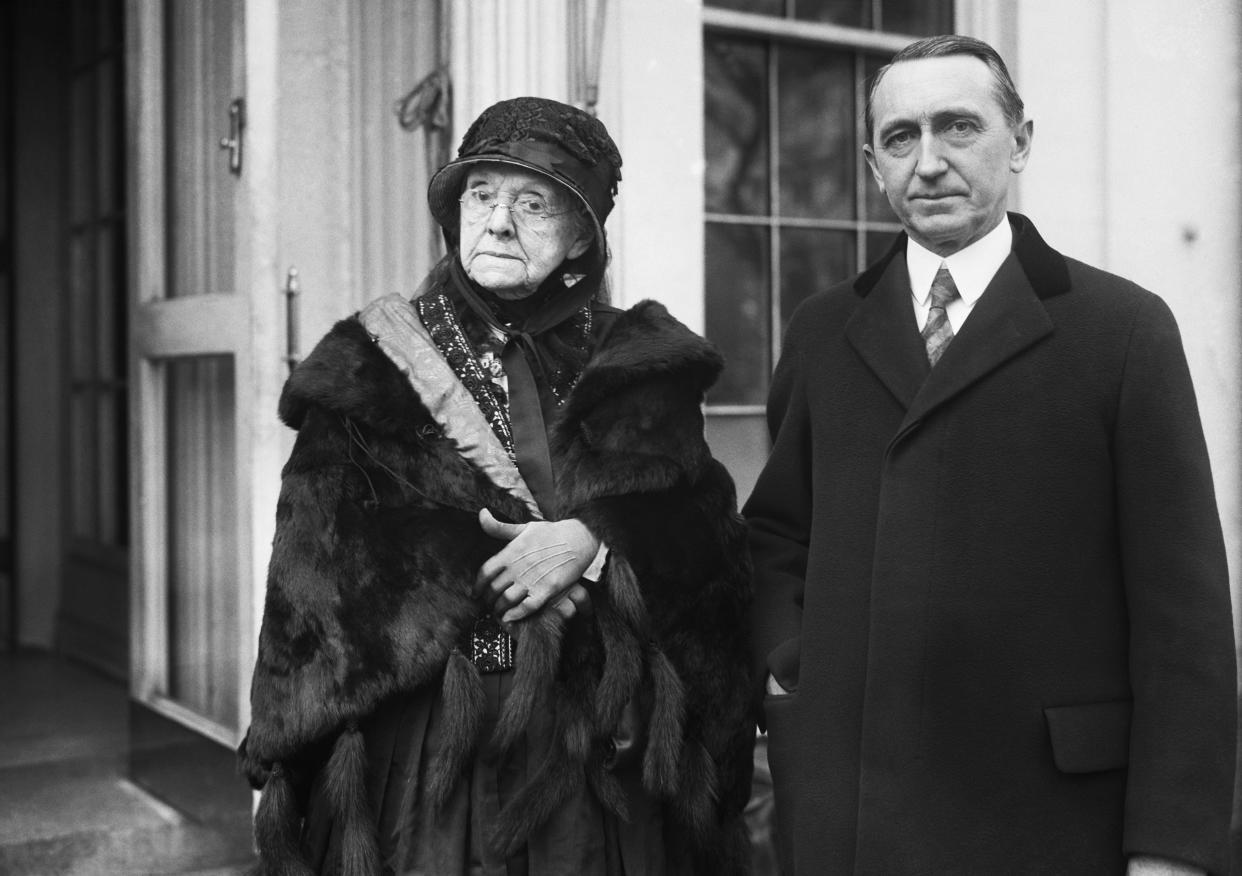
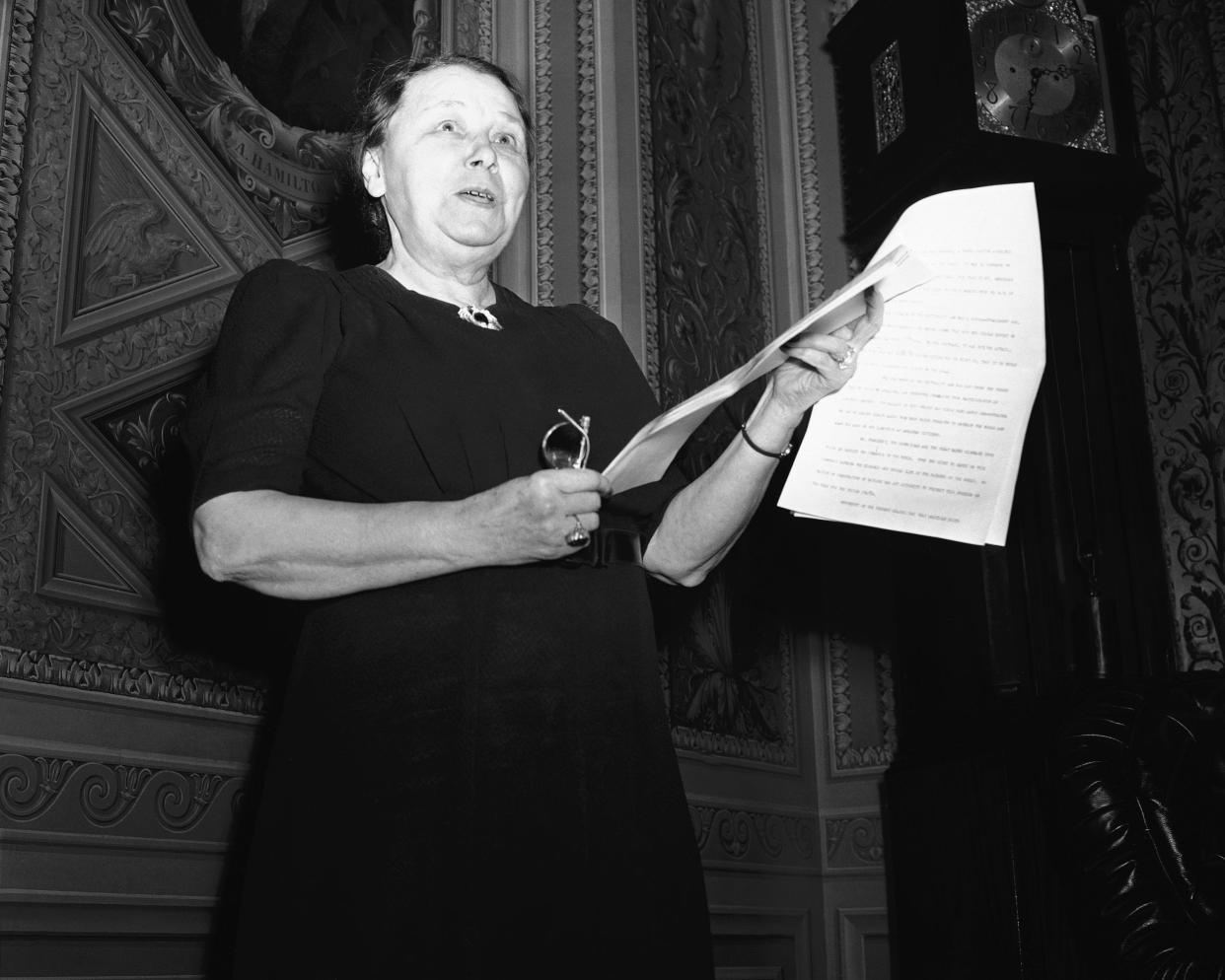
First state governor
Nellie Tayloe Ross was elected just a few weeks after her husband’s sudden death in 1924, replacing him as governor of Wyoming – also the first state in the U.S. to allow women to vote and to hold public office, according to National Geographic.
Ross lost her bid for reelection in 1926, but was later named Director of the U.S. Mint in 1933 by President Franklin D. Roosevelt.
In 1974, Connecticut's Ella Grasso became the first woman elected as governor who hadn't been preceded in the position by her spouse.
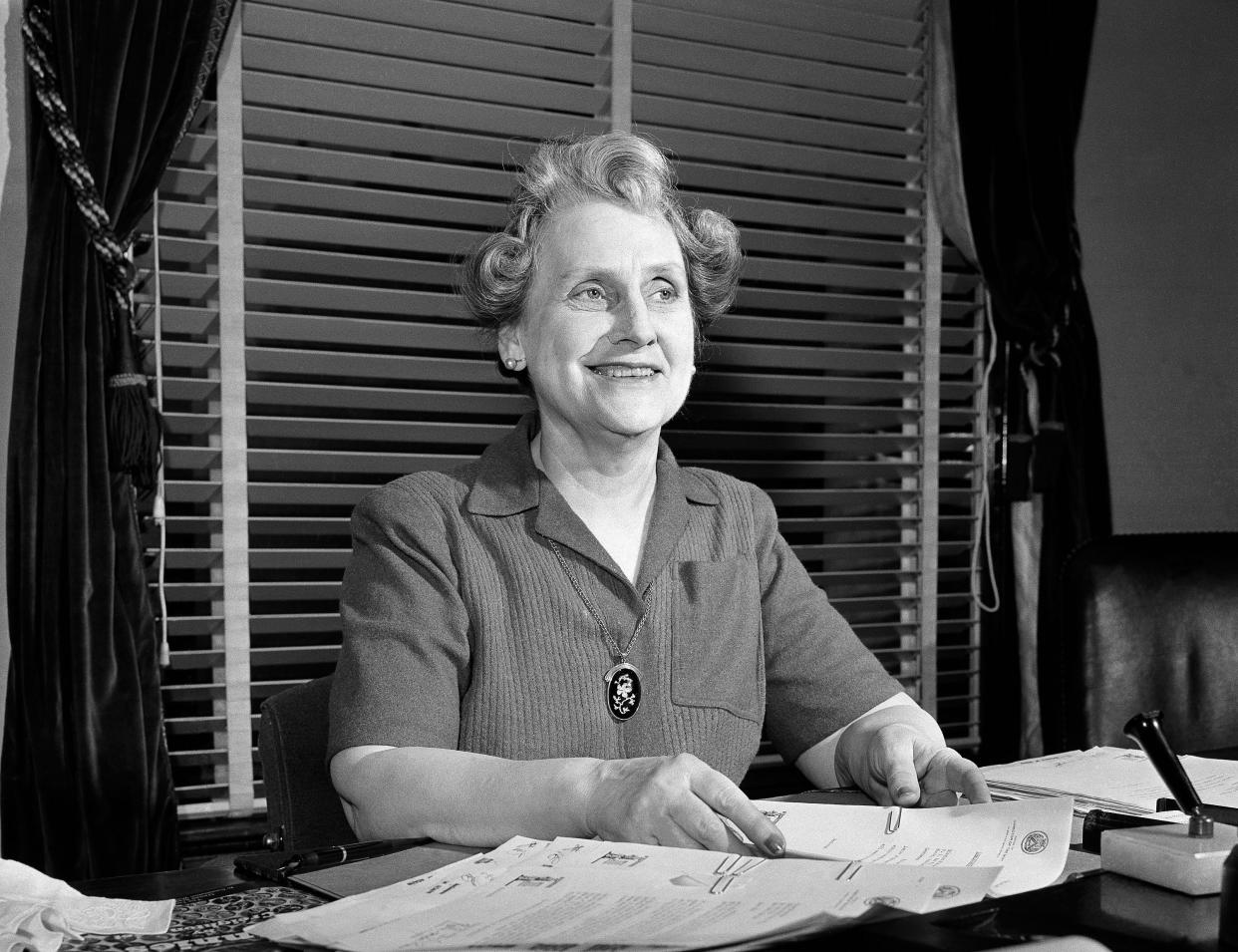
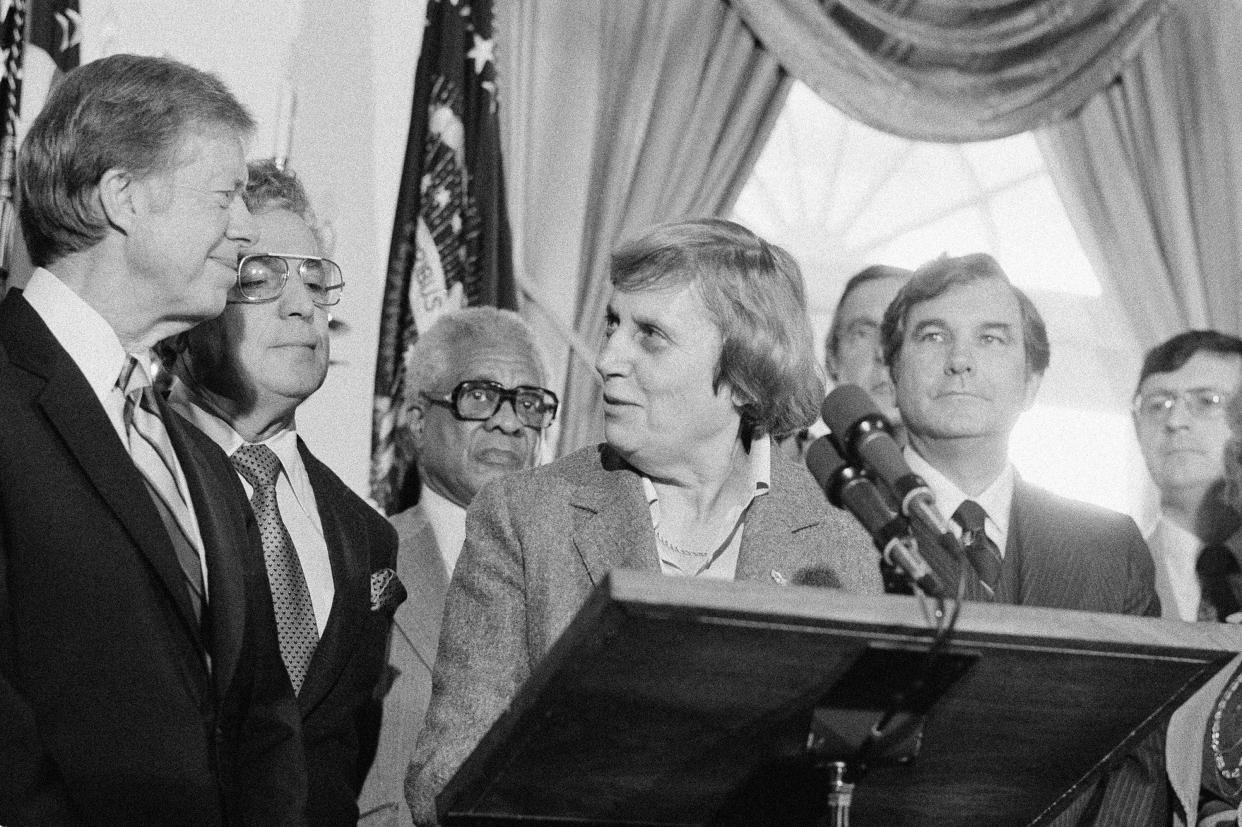
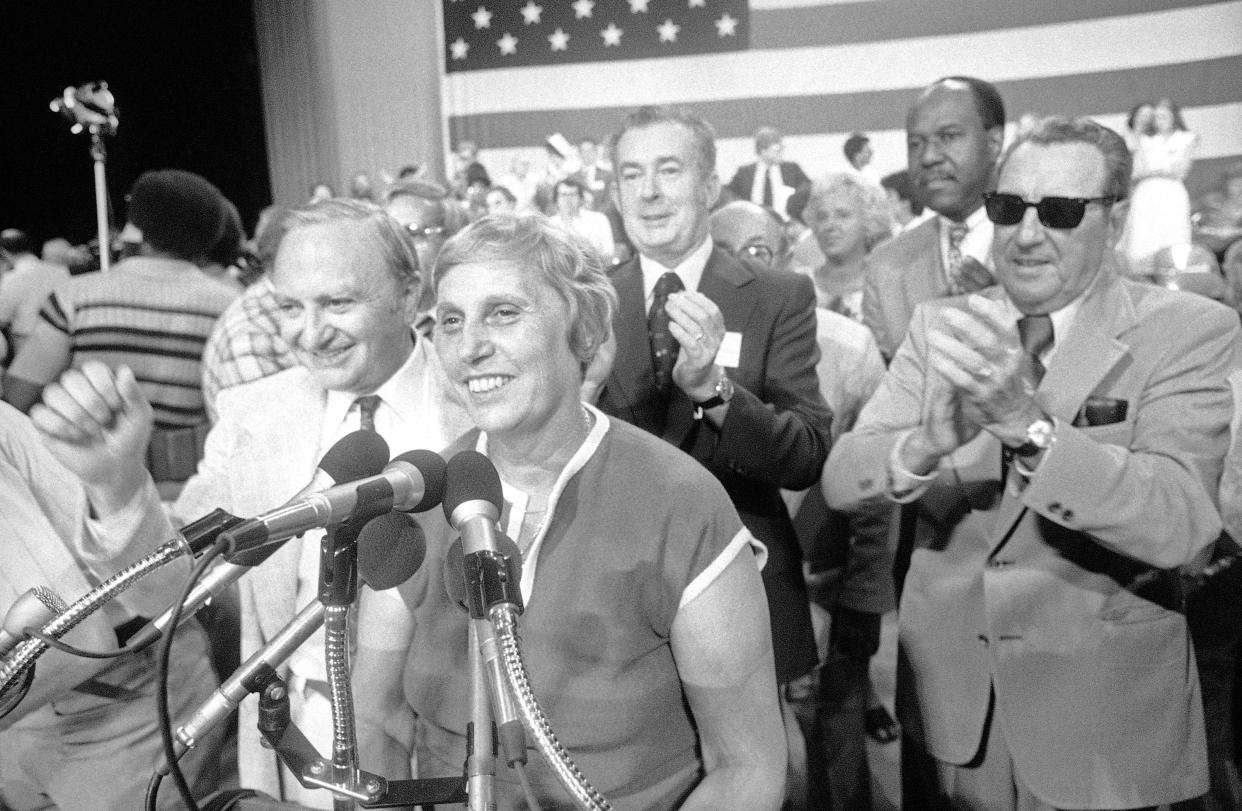
First White House cabinet member
Frances Perkins became the first woman cabinet member as Roosevelt’s Secretary of Labor.
Perkins served for the entirety of the Roosevelt administration after a career of fighting for workers’ rights and safety in various New York city and state agencies.
Her prior work led to "the most comprehensive set of laws governing workplace health and safety in the nation," according to the Frances Perkins Center.
Perkins had a hand in enacting some major programs that were part of the New Deal, including the Social Security Act and the Fair Labor Standards Act.
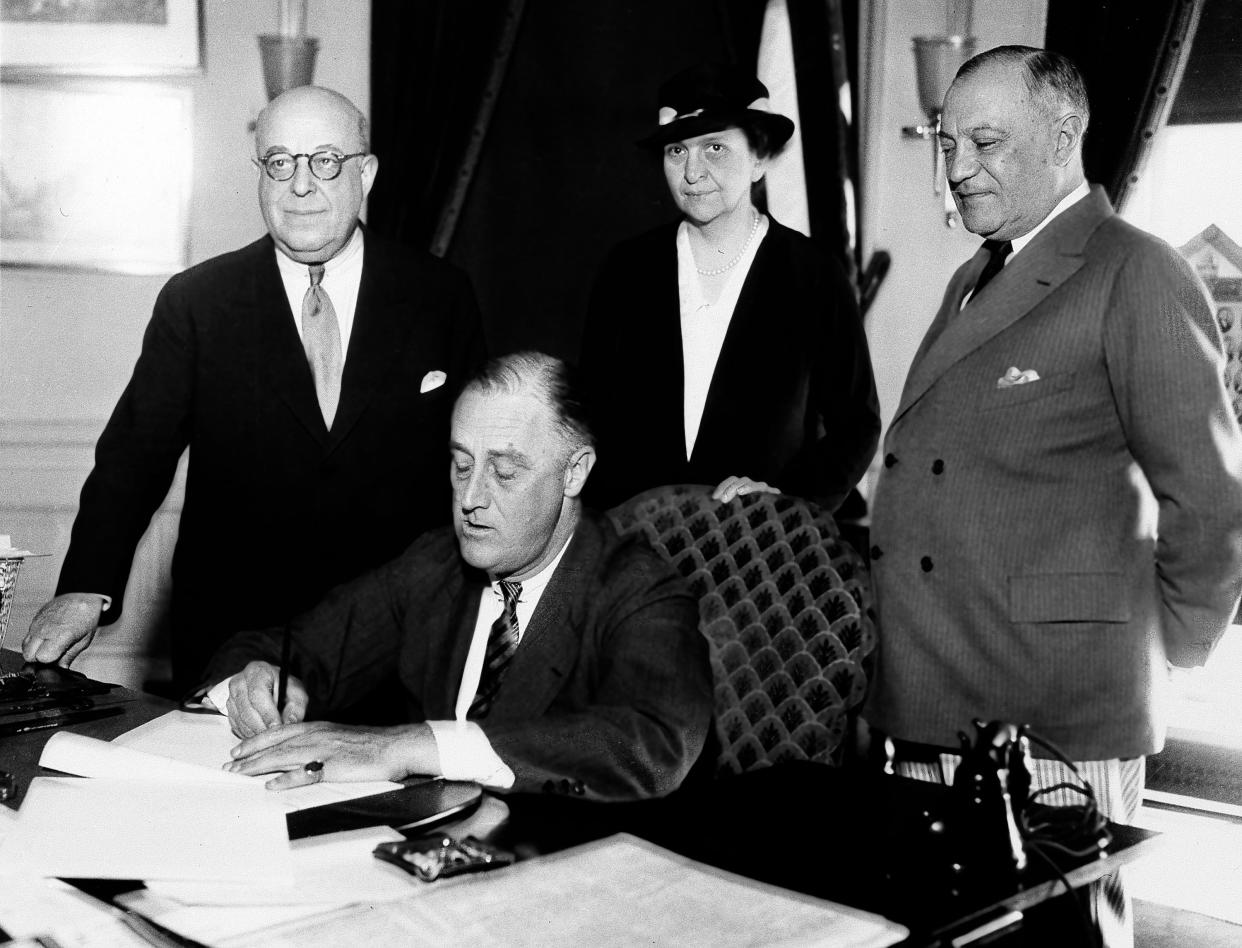
First Supreme Court justice
After a successful bid in the 1980 presidential election, Ronald Reagan made good on his campaign promise to name a woman to the Supreme Court with the nomination of Sandra Day O'Connor.
The Arizona Court of Appeals Judge was unanimously confirmed by the Senate to fill a vacancy opened by Justice Potter Stewart’s retirement.
O'Connor served 25 years on the nation’s highest court.
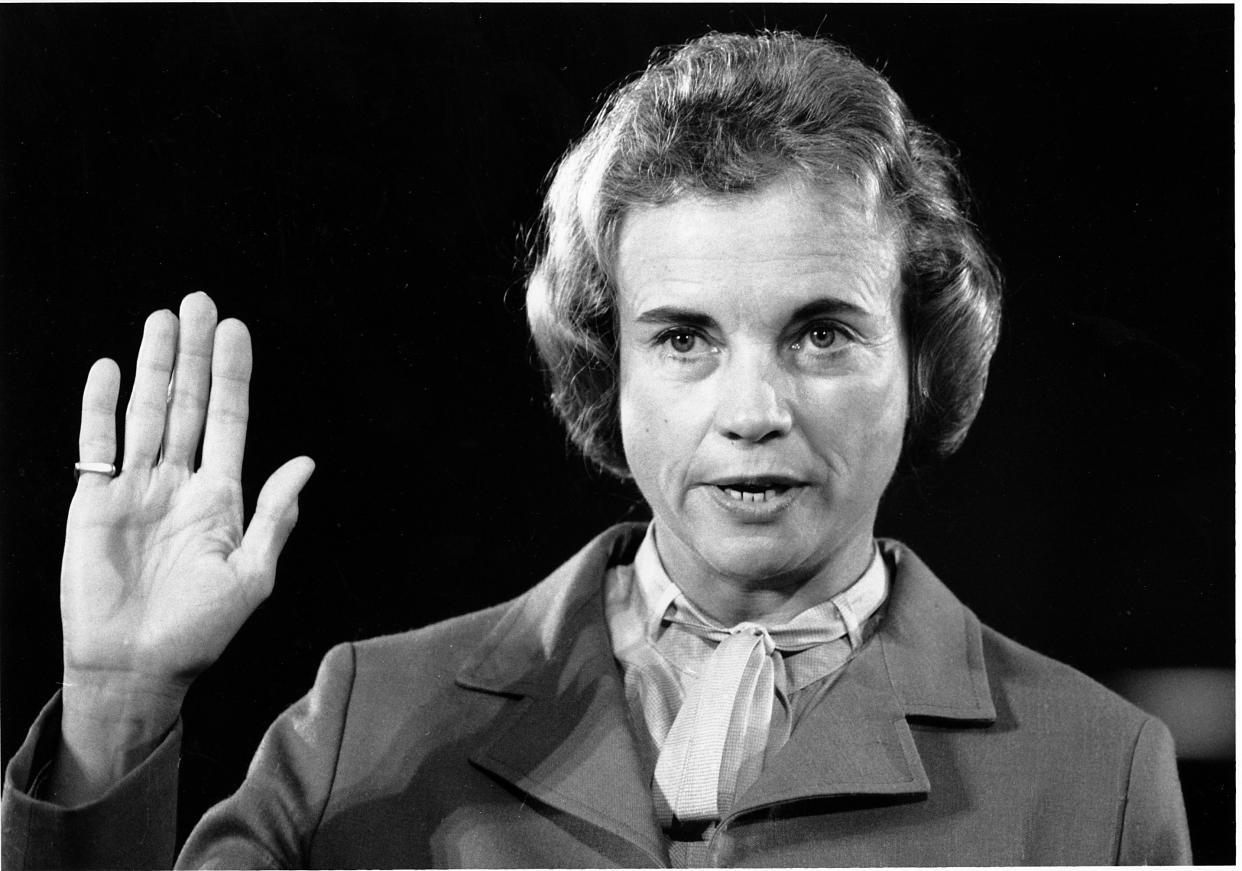
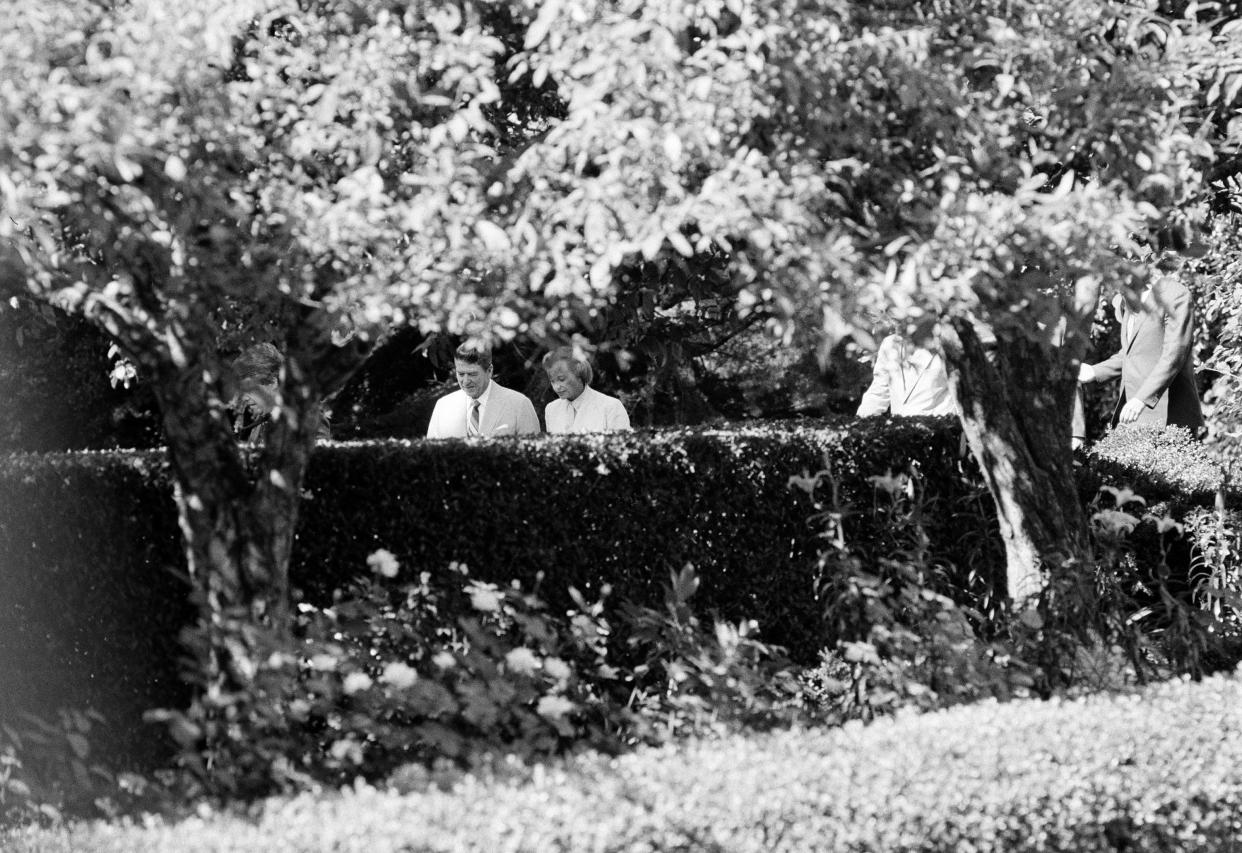
First major-party vice presidential nominee
New York congresswoman Geraldine Ferraro became the first major-party vice presidential nominee when 1984 Democratic presidential candidate Walter Mondale selected her to be his running mate against Reagan, who defeated Mondale by a large margin.
Ferraro had two bids for the Senate in the 1990's but failed to hold any elected position after running with Mondale.
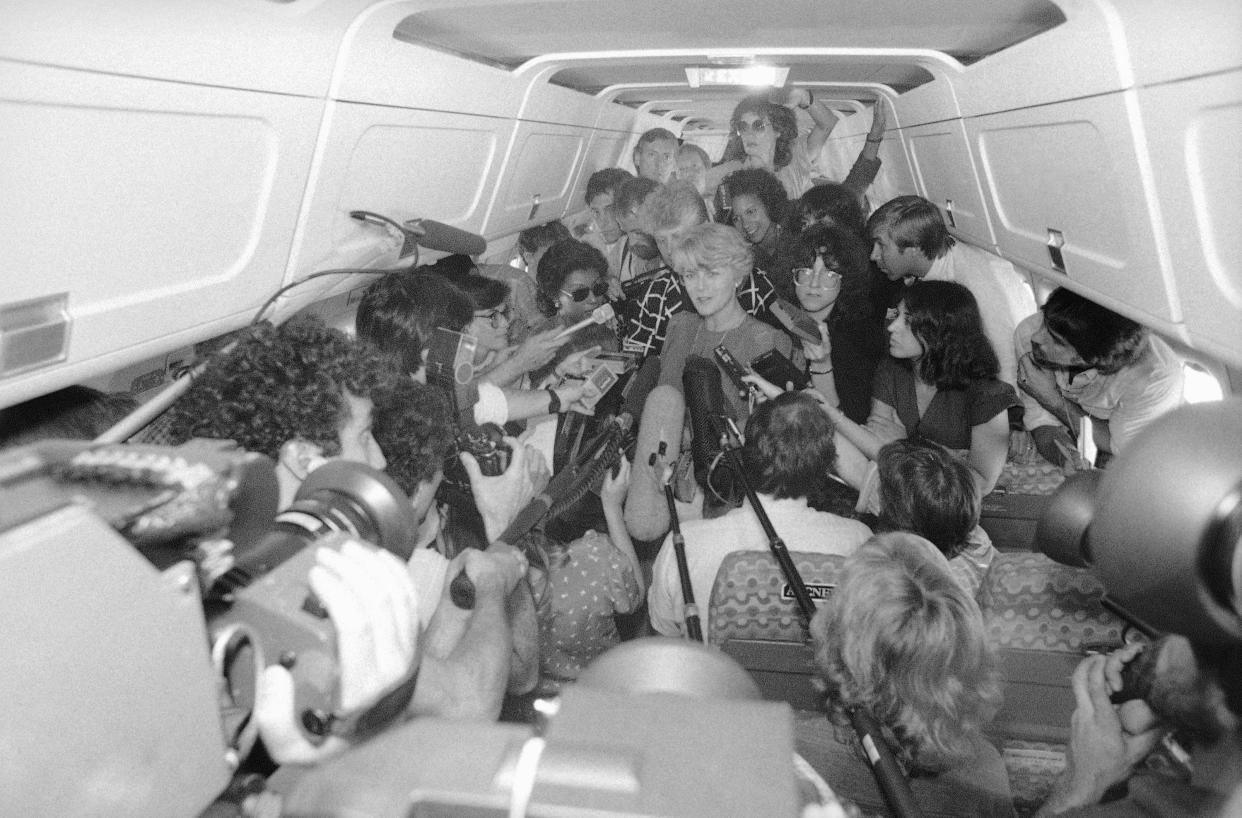
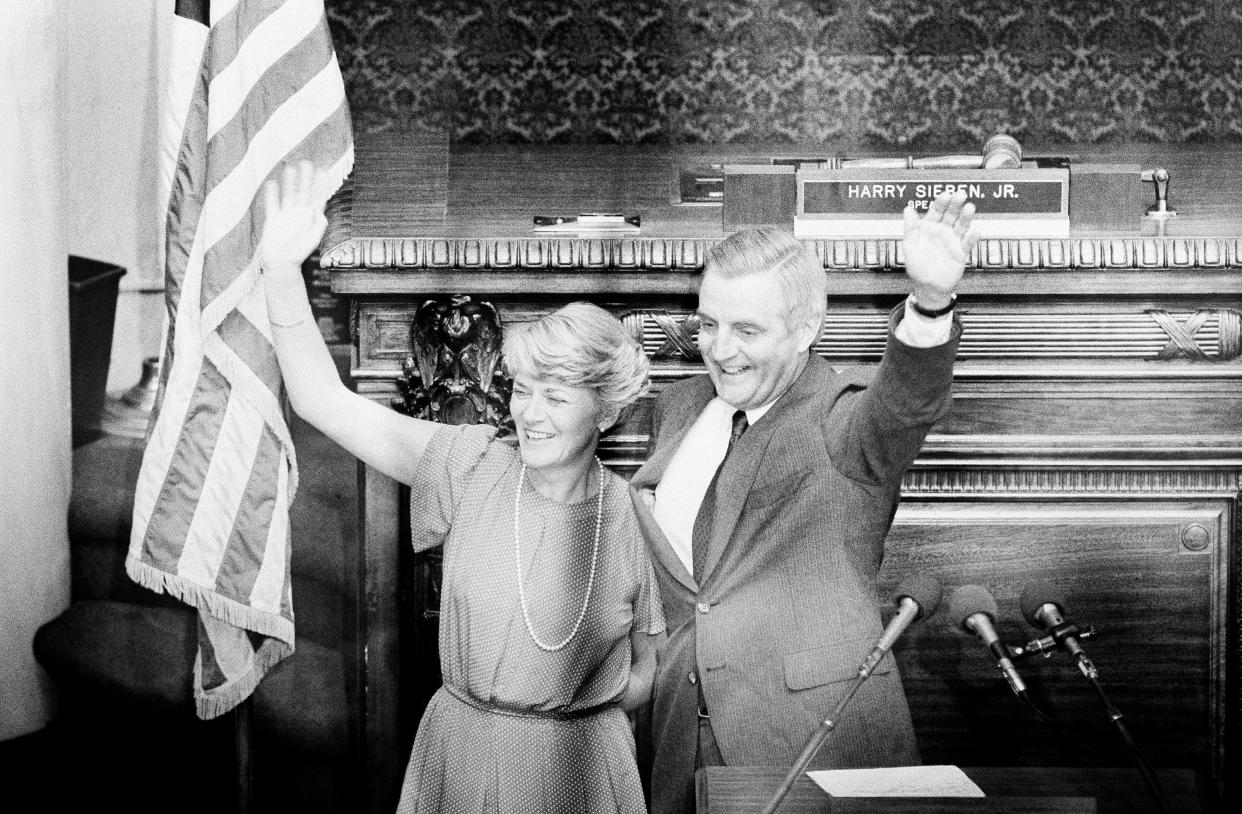
First Speaker of the House of Representatives
In 2007, Calif. Congresswoman Nancy Pelosi became the 52nd Speaker of the House, second-in-line to the presidency, and first woman to serve in the role.
Pelosi — who has represented San Francisco in Congress for more than 35 years — led House Democrats for 20 years and previously served as House Democratic Whip.
She made history again in 2019 when she became the first person in more than six decades to regain her position.
First elected to the country’s second-highest office
Vice President Kamala Harris, a former prosecutor and U.S. Senator representing California, became the first woman, Black person, and first person of Asian descent elected to the country’s second-highest office in 2020.
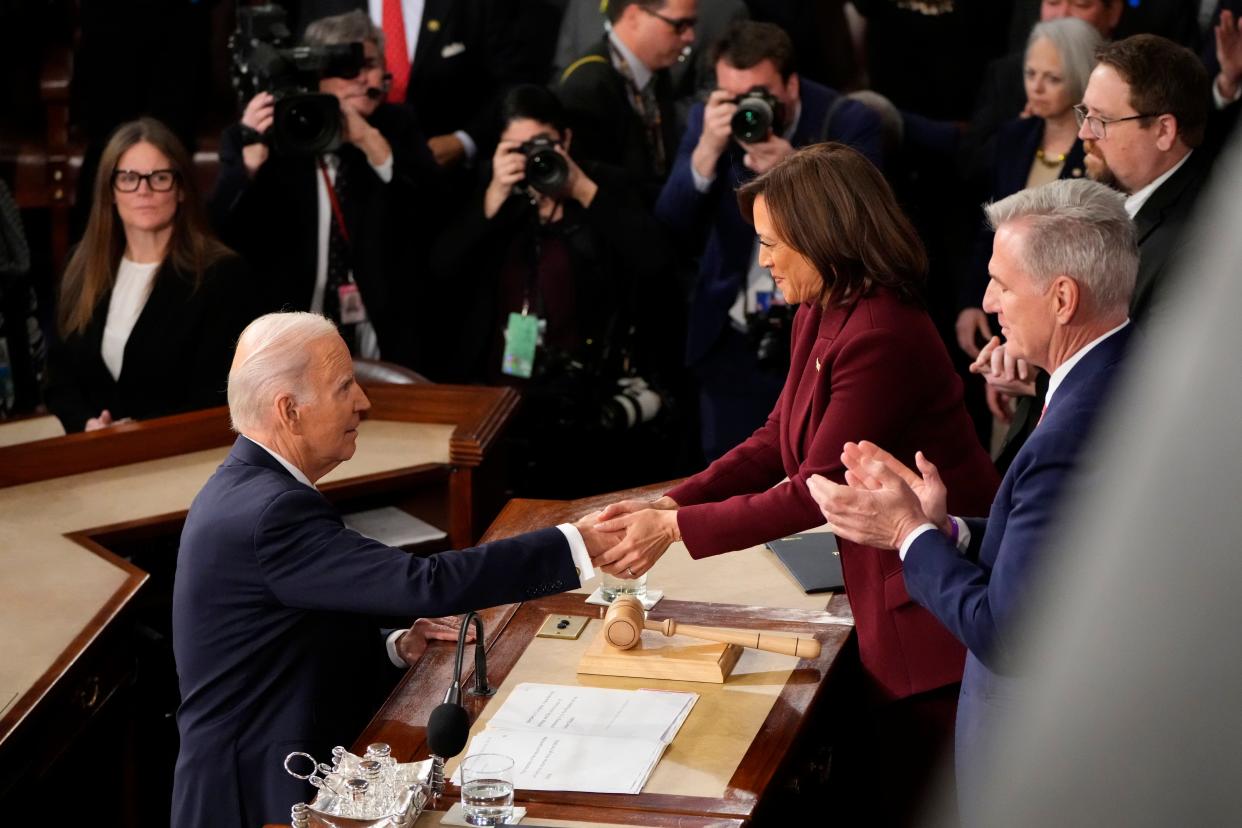
Camille Fine is a trending visual producer on USA TODAY's NOW team.
What's everyone talking about? Sign up for our trending newsletter to get the latest news of the day
This article originally appeared on USA TODAY: Women's history month: First elected to Congress and more trailblazers
